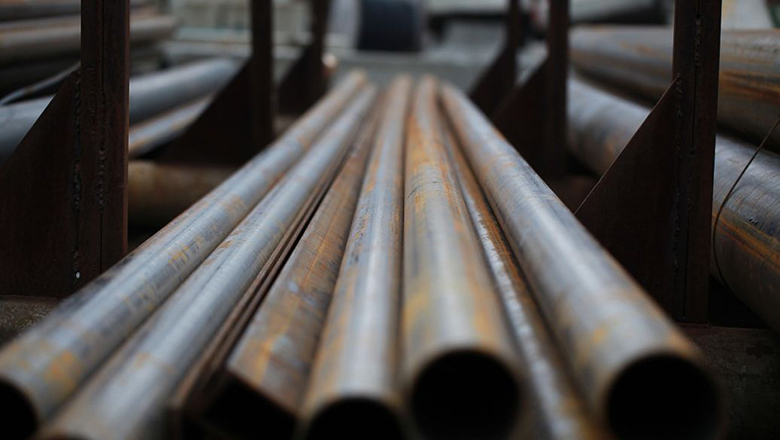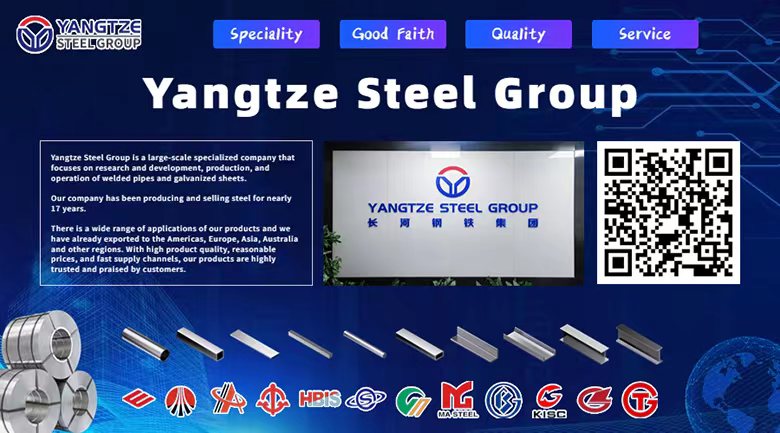DIN 10217 Steel Pipe
DIN 10217 mainly targets the following two types of steel pipes:
1. Seamless steel pipe: suitable for high temperature and high pressure environment.
2. Welded steel pipe: suitable for large-scale production and low-cost application.

Material requirements
According to DIN 10217, the commonly used steel pipe materials and their characteristics are as follows:
Material | Description |
P235GH | Suitable for medium temperature and pressure conditions |
P265GH | Suitable for high temperature and high pressure conditions |
16Mo3 | High temperature applications, strong corrosion resistance |
1.4401 | Stainless steel material, excellent corrosion resistance |
Dimensions and specifications
DIN 10217 standard has clear requirements for the outer diameter and wall thickness of steel pipes. The common size ranges are shown in the following table:
Outer diameter range (mm) | Wall thickness range (mm) |
10 - 1000 | 1.0 - 50 |
Manufacturing process
1. Seamless pipe: produced by hot rolling or cold rolling process to ensure the strength and durability of the pipe.
2. Welded pipe: adopt high frequency welding or arc welding technology to meet different production needs.
Testing and quality control
In order to ensure the quality of steel pipes, DIN 10217 stipulates a number of testing methods, mainly including:
Test type | Description |
Mechanical properties test | Tensile strength, yield strength, elongation, etc. |
Non-destructive testing | Ultrasonic testing, X-ray inspection, etc. |
DIN 10217 steel pipes are widely used in the following fields:
1. Oil and gas industry: used to transport high temperature and high pressure fluids.
2. Chemical industry: suitable for transporting corrosive media.
3. Construction engineering: as a structural material, providing strength and stability.









